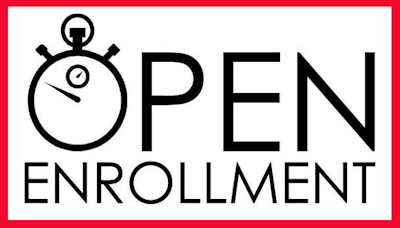By: Ben Clevenger, Client Services, Michigan Planners
Open enrollment is a big undertaking for companies, regardless of size, industry or location. Viewed as an HR professional’s tax season, the project encompasses planning, execution and evaluation.

Every year companies allow their employees to make changes to their benefit elections. Some opt for passive enrollments. Others choose a more active approach.
Regardless of your preferred style, here are four rules of thumb concerning this annual event:
- Cross check your spousal and dependent provisions against your population’s elections. Remember the buzz you heard about Sam getting a divorce? Why, then, is his wife still on the insurance, and what about the children? Collect proper documentation to substantiate enrollments. This avoids unnecessary coverage for ineligible members.
- Invest in technology. As I write this article, more than likely some latest and greatest iPhone update is in the works. Leveraging the capabilities of innovative devices, software and applications to enhance the enrollment experience is a no-brainer. If you have employees throughout the world, hold virtual enrollment meetings. Looking to reduce costs? Transition to a cloud-based enrollment system. Saving time and energy is a thing of today.
- Spread out the work. While the IRS, along with your carrier contract, dictate when you must allow for enrollment changes, nothing prevents you from early planning and action taking. Sprinkle in staff reminders throughout the year to help them stay educated about their plan design, eligibility requirements, and carrier resources. When the mass is clear on what to expect, a reduction in frustration and confusion is likely to occur.
- Expand your audience. The educational efforts should expand far beyond the employees. If you are focused on meeting deadlines and obtaining decisions, making a big effort to encompass spouses via text message campaigns, onsite meetings, snail mail, and email outreach can reap big benefits. Communication efforts should extend far beyond an employee’s hands and must encompass all of the household decision makers.
The timing is inevitable. The deadlines are the same. The approach can be different. Analyze your methods, and take the bull by the horns. Grab a cup of coffee, and plan out your roadmap!
